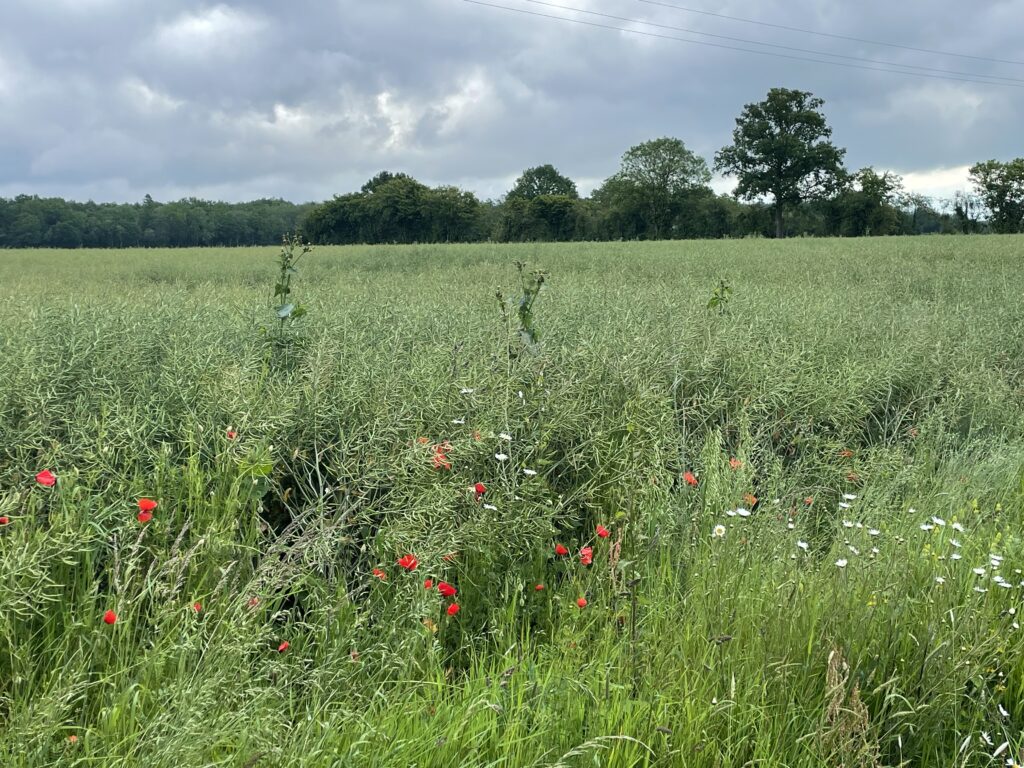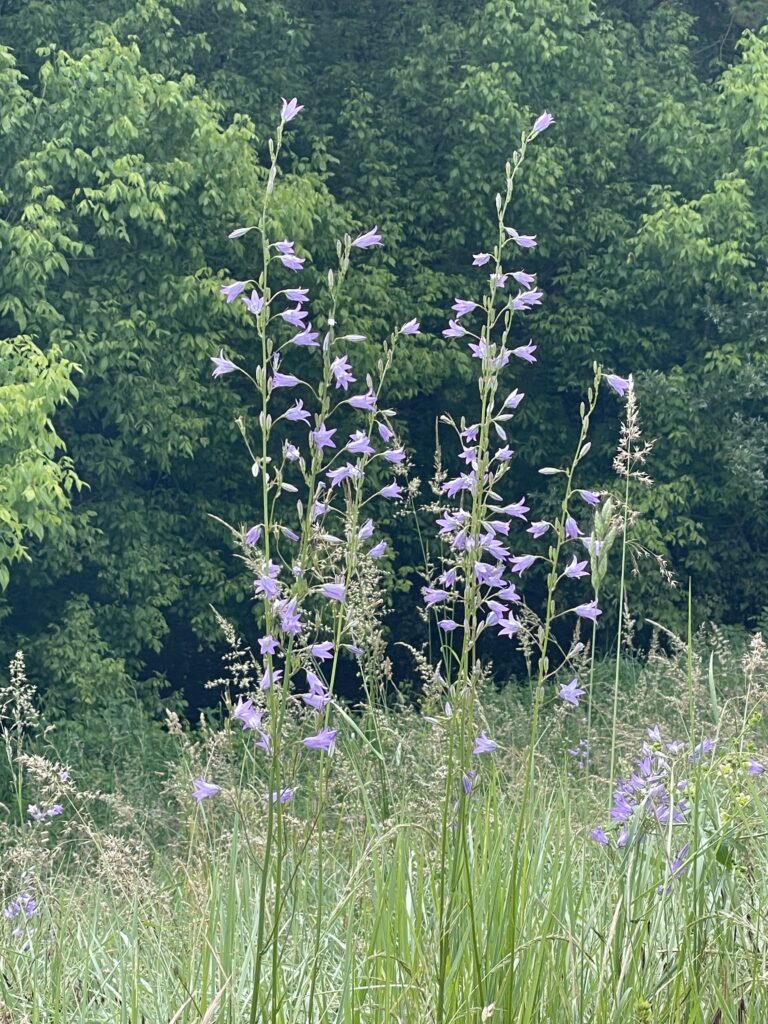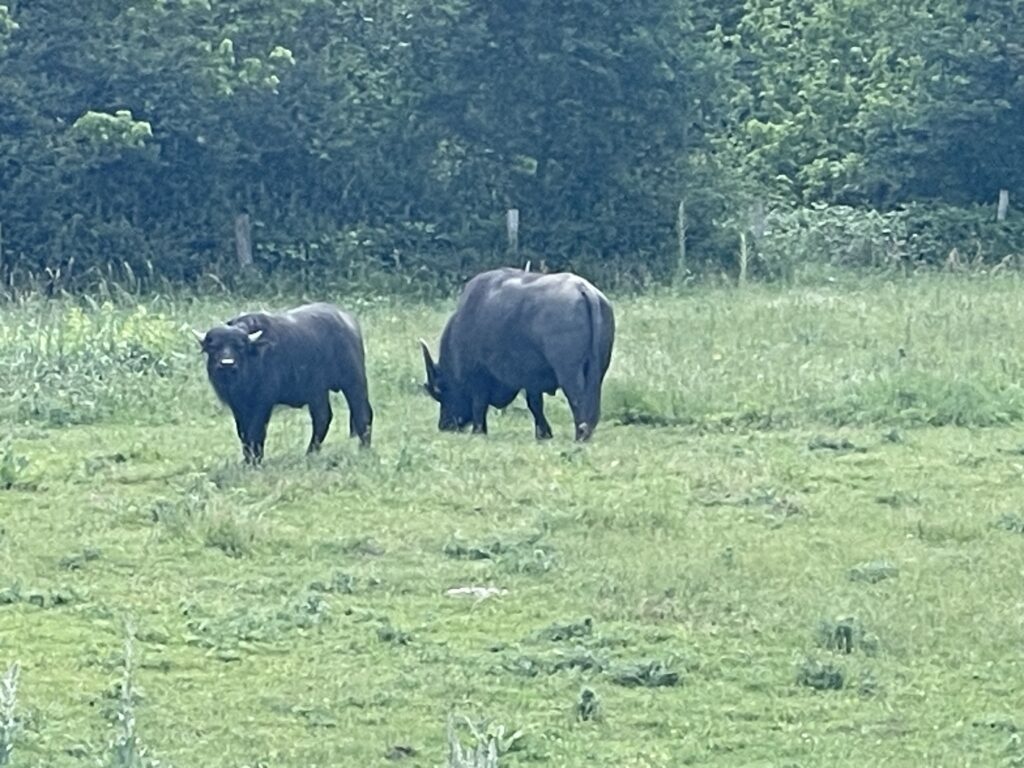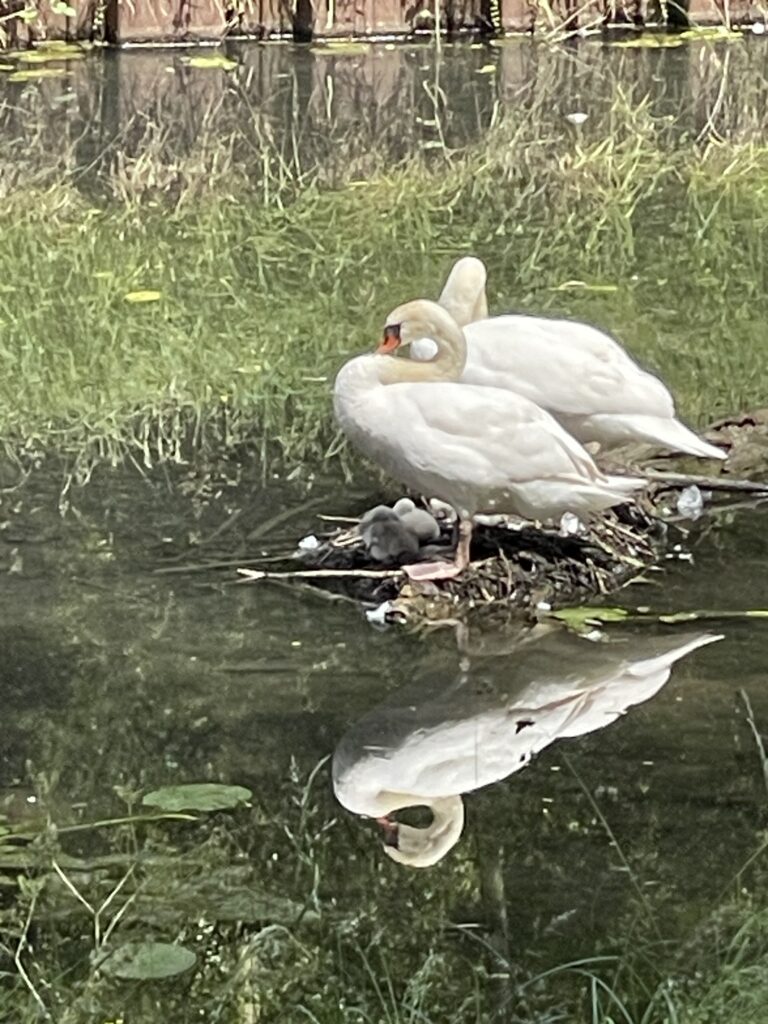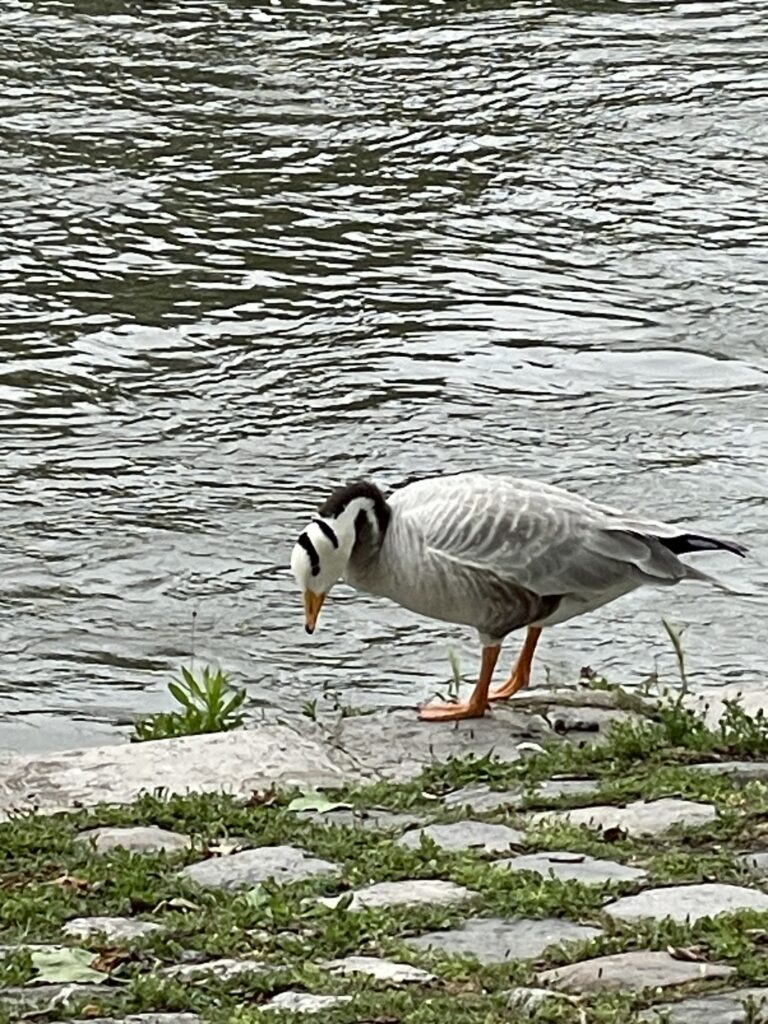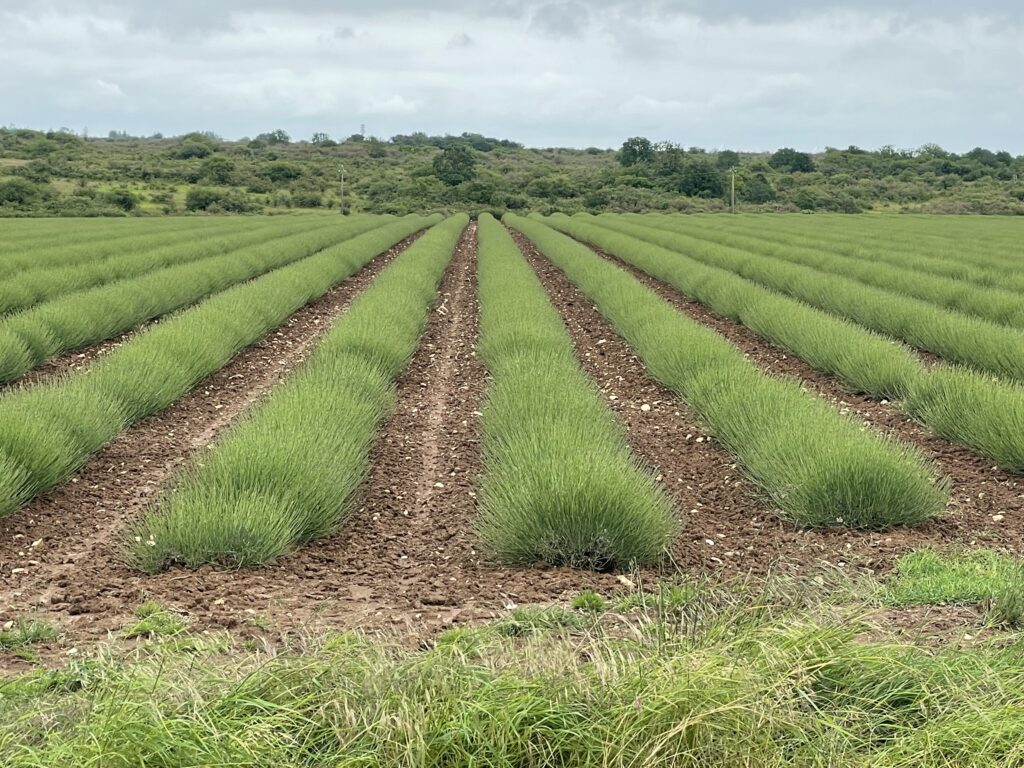Because where’s the point in cycling through countryside if you don’t look at its permanent inhabitants.
I thought you might like to know about some wildlife we’ve seen.
First the birds. Birds are easy, at least the ones we know, and there have been little egrets (even in England), goldfinches, many different sized birds of prey, a few little terns, woodpeckers and – especially as we’ve come into Burgundy – lots of house martins and swallows screaming as they soar and then drop for daring low-level passes along the water to hoover up the flies in their wide open beaks.
Due possibly to the many different birds of prey we haven’t seen many small furry things although we did see something looking suspiciously like a red squirrel making good speed across a road. The only argument against it being a red squirrel is that they are very dim, and I don’t think they would move that fast. Maybe it was a stoaty weaselly thing. Oh and we saw a few hares, which are our favourite sight in our new home near Salisbury Plain.
Roadkill is a better guide to furry things or more accurately ex-furry things, and our first flat hedgehog was sighted not far from Caen, followed by a small sanglier in a foret dominiale. Badgers, a mole, an snake and sadly an owl have also been seen. No rabbits, interestingly (cf birds of prey).
We use Merlin Bird ID to help us identify birds from their calls but it took us a while to realise that what we were hearing as we rode along the banks of the Loire was actually frogs. This pond was full of them, and was encircled by egrets and herons lining up for a nice froggy lunch.
Wildflowers are going well, with more evidence of No Mow May than we saw on the Epic Istanbul Trip.
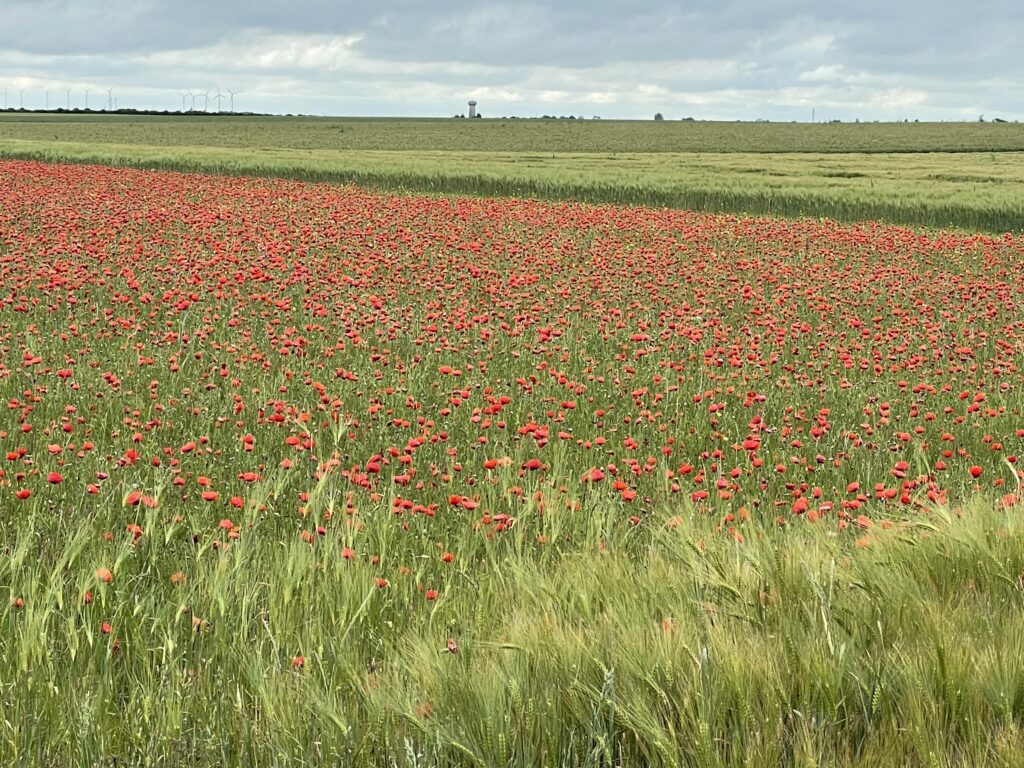 … and of course not all poppies are wild, after all where do you think the poppy seeds for cakes and roll toppings come from?
… and of course not all poppies are wild, after all where do you think the poppy seeds for cakes and roll toppings come from?
On the subject of crops rather than wildlife, as we moved south out of Normandy towards Chartres we saw a lot of evidence of the waterlogging that has bedevilled English farmers. Barley, wheat and rape are in the fields but the cereals are often looking a bit flat. One farmer seemed to be spreading his bets more widely with lavender (yes, that far north), Christmas trees, the already-mentioned poppies, and a big automatic watering system all sighted in a few hundred yards. As we moved south into the Loire basin the crops went much more monoculture cereal/rape in larger and larger fields.
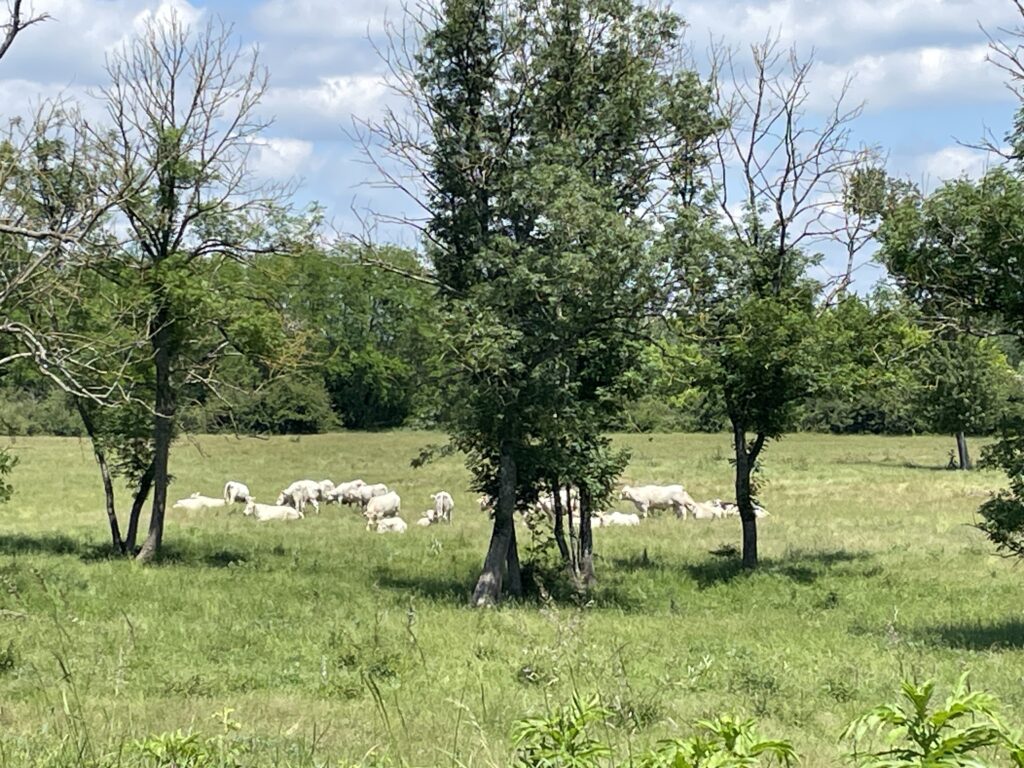 Normandy had picturesque cows and now we are moving up into the hills and away from the Loire basin the cows are back, always in small groups and with their calves still with them (contrast the UK system where the calves are taken away very early). We are developing a theory that the group size is limited to 20 for some obscure subsidy reason.
Normandy had picturesque cows and now we are moving up into the hills and away from the Loire basin the cows are back, always in small groups and with their calves still with them (contrast the UK system where the calves are taken away very early). We are developing a theory that the group size is limited to 20 for some obscure subsidy reason.
And finally, water buffalo. No idea why.
PS Bothy McWeevil was well impressed by the signs offering the Driving Tour of the WheatFields as we crossed some particularly featureless bits of the Loire plain.
